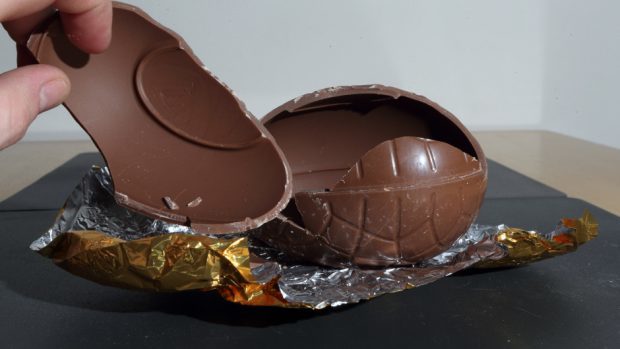Springtime is one my favourite times of the year. It’s when we enjoy new birth in the countryside. Who doesn’t enjoy seeing the tender green shoots emerging after a long, hard winter, watching the birds and hearing their courtship songs, and laughing at the lambs gambolling in the fields? On top of that we get to feast on chocolate eggs!
Longer days and an easing of lockdown restrictions mean many of us will be taking our dogs out for walks in the countryside. Certainly, one of the consequences of the pandemic has been the rise in people enjoying the countryside more. While this should be encouraged for our health and wellbeing, it’s important to reiterate the message of practising the countryside code while out and about.
This is because, tragically, springtime is often accompanied by horrific scenes of lambs and sheep being mauled by dogs or left with devastating injuries after being chased, as vets and farmers will attest.
As a vet, I often see first-hand the distressing results when dogs are not kept under control around livestock, especially when newborn lambs are in the fields. Chasing and attacks often lead to serious injuries, fatalities and spontaneous abortion for sheep and other livestock due to stress.
That is why Scotland’s new livestock worrying bill, the Dogs (Protection of Livestock) (Amendment) (Scotland) Bill, is to be welcomed. The Bill, which was passed by the Scottish Parliament on 24 March, will now proceed to Royal Assent before coming into law in six months, and will amend the existing law on livestock worrying and attacks.
It will bring with it much more severe penalties for owners whose dogs run amok and cause damage to livestock; with a fine of up to £40,000 or 12 months in prison, or both.
It will also expand the definition of the offence to include modern types of farmed animals, such as llamas and alpacas.
Farmers do their best to support folk who are enjoying nature and will have signs up on fences warning of potential danger or advising people about what stock is in the field with polite notices regarding using leads or keeping gates closed.
The last thing they want to do is potentially cause harm to your dog, but if the animals that are their livelihoods are threatened, they are legally entitled to protect them. Farmers will often have to call their vet to deal with the consequences of worrying and must take difficult decisions to euthanise otherwise healthy animals if their injuries are severe.
They may also call the police, who can investigate the case, especially if a dog has been identified. The police would then gather evidence and decide if there was a potential case. This may include seizing the dog and gathering DNA evidence from both the dog and the sheep carcases or wounds.
Of course, as vets we don’t just see the horrid scenes following a livestock worrying incident at this time of the year. With more people out in the countryside, we also see animals injured in road traffic collisions, as people leave gates open, or dying from abdominal disease or poisoning due to the ingestion of discarded rubbish. There’s also a risk of exotic diseases as people throw food into pastures or feed animals accidentally.
Diseases such as African swine fever and foot-and-mouth disease also have devastating consequences for pigs and cloven-hooved species; we all remember the 2001 foot-and-mouth outbreak which brought about a countryside lockdown then.
So, if you go into the countryside to enjoy the spring weather and see signs up asking you not to feed the animals, please pay heed to them. And if you’re walking with your dog, put it on a lead if there are lambs and ewes in a field or beside the path.
Also, remember there is nothing quite as strong as the bond between a mother and her offspring and if you inadvertently find yourself between them, it could put you at real risk of harm, especially around cattle. We have all read reports in the press about members of the public killed by a rampaging cow or bull.
To anyone planning to spend time in the countryside over the coming weeks and months, I’d strongly encourage you to follow the countryside code:
- Leave gates as you found them
- Pick up litter and take it home with you
- Keep your dog under control and on a lead around livestock
- Don’t feed animals any human foodstuff
- Pick up your dog’s faeces, bag and bin it
Following these simple instructions could save lives and allow enhanced enjoyment of the beautiful landscape around us.
Kathleen Robertson is president of BVA Scottish Branch.

